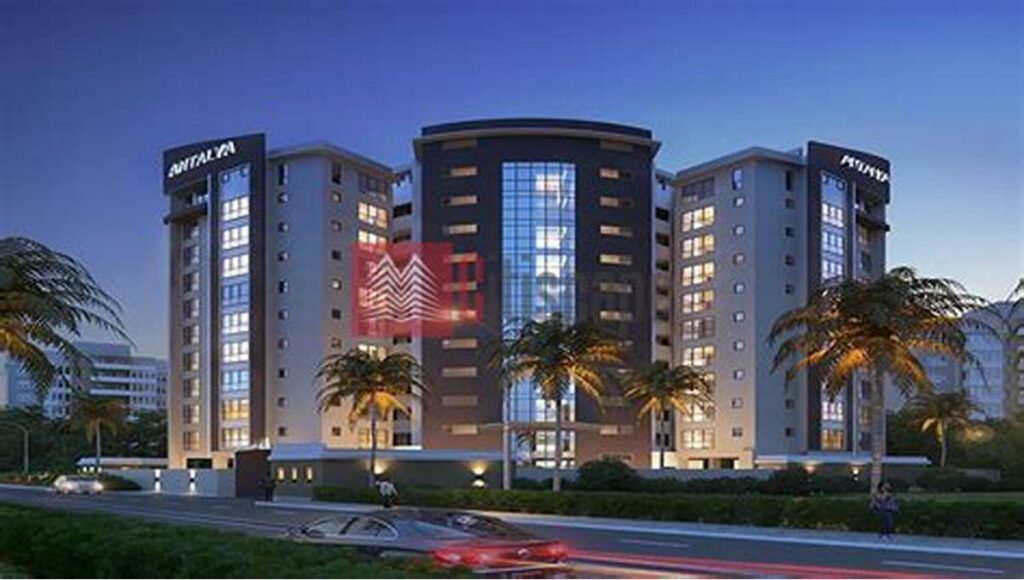
Using computer models, 3D rendering technology generates three-dimensional pictures or animations. The technology creates a lifelike representation of interior spaces by simulating real-world lighting, shadows, and textures. The need for more accurate and visually striking design presentations—something that traditional two-dimensional drawings and sketches frequently fall short of—has prompted the adoption of 3D rendering in India.
Drivers of Adoption
Several factors have contributed to the growing adoption of 3D rendering technology in the Indian interior design industry:
- Technological Advancements: The rapid development of software and hardware capabilities has made 3D rendering more accessible and affordable. Software such as Autodesk 3ds Max, SketchUp, and V-Ray have become industry standards, offering powerful tools for designers.
- Client Expectations: With increasing exposure to global design trends, Indian clients now demand high-quality visualizations of their projects. 3D rendering allows designers to meet these expectations by providing realistic previews of the final outcome.
- Competitive Advantage: In a highly competitive market, firms that utilize 3D rendering technology can differentiate themselves by offering superior design presentations. This has led to a widespread adoption of the technology as firms strive to stay ahead.
- Efficiency and Accuracy: 3D rendering helps in identifying potential design flaws early in the process, thereby reducing the need for costly revisions. This efficiency not only saves time but also ensures that projects stay within budget.
Impact on the Design Process
The integration of 3D rendering technology has significantly impacted various aspects of the interior design process:
- Concept Development: Designers can experiment with different concepts and styles in a virtual environment before committing to a final design. This flexibility allows for more creative freedom and innovation.
- Client Collaboration: 3D renderings facilitate better communication between designers and clients. Clients can visualize the proposed designs in a realistic manner, providing valuable feedback that can be incorporated into the final design.
- Marketing and Presentation: High-quality 3D renderings are powerful marketing tools. Design firms use these visuals in their portfolios, websites, and social media platforms to attract potential clients and showcase their expertise.
- Project Management: By providing a clear visual representation of the project, 3D renderings help in coordinating various stakeholders, including contractors, suppliers, and clients. This ensures that everyone involved has a clear understanding of the design intent.
Case Studies of Successful Implementation
Several Indian interior design firms have successfully integrated 3D rendering technology into their workflows, yielding impressive results:
- Morphogenesis: One of India’s leading architecture and design firms, Morphogenesis, has extensively used 3D rendering to visualize complex design projects. Their use of the technology has helped in creating award-winning designs that are both functional and aesthetically pleasing.
- Livspace: A prominent online home interior design and renovation platform, Livspace leverages 3D rendering to provide personalized design solutions to its clients. The technology enables them to offer customized and interactive design experiences, enhancing customer satisfaction.
- Design Cafe: This Bangalore-based interior design firm utilizes 3D rendering to streamline its design process. By creating detailed 3D models, they can provide clients with accurate cost estimates and timelines, ensuring transparency and trust.
Challenges and Solutions
While the benefits of 3D rendering are numerous, the technology also presents certain challenges:
- High Initial Investment: The cost of acquiring and maintaining 3D rendering software and hardware can be substantial. To address this, many firms opt for subscription-based software models or cloud-based rendering services, which reduce upfront costs.
- Technical Expertise: Mastering 3D rendering software requires a significant amount of time and training. Design firms are investing in professional development and training programs to equip their staff with the necessary skills.
- Time-Consuming Process: Creating high-quality 3D renderings can be time-consuming. However, advancements in rendering engines and the use of AI-powered tools are helping to speed up the process without compromising on quality.
The Future of 3D Rendering in India
The future of 3D rendering in the Indian interior design industry looks promising. As technology continues to evolve, several trends are expected to shape the landscape:
- Virtual Reality (VR) and Augmented Reality (AR): The integration of VR and AR with 3D rendering will offer immersive design experiences. Clients will be able to virtually walk through their spaces, making the design process more interactive and engaging.
- Real-Time Rendering: Real-time rendering technology, which allows for instantaneous visualization of changes, is gaining traction. This will further enhance the efficiency and responsiveness of the design process.
- Sustainable Design: 3D rendering can play a crucial role in promoting sustainable design practices. By accurately simulating natural light and energy consumption, designers can create more eco-friendly and energy-efficient spaces.
- AI and Machine Learning: The use of AI and machine learning in 3D rendering can automate repetitive tasks and optimize design elements, leading to increased productivity and innovation.
Conclusion
An important turning point in the development of design practices has been reached with the interior design sector in India adopting 3D rendering technology. This technology has simplified the entire design process, from concept development to project management, in addition to improving the visual appeal and accuracy of design presentations. As the interior design industry in India continues to embrace new technologies, 3D rendering will undoubtedly have a significant impact on its future. 3D rendering is poised to revolutionize the way spaces are imagined, created, and experienced because of its capacity to bring designs to life in a realistic and immersive way.